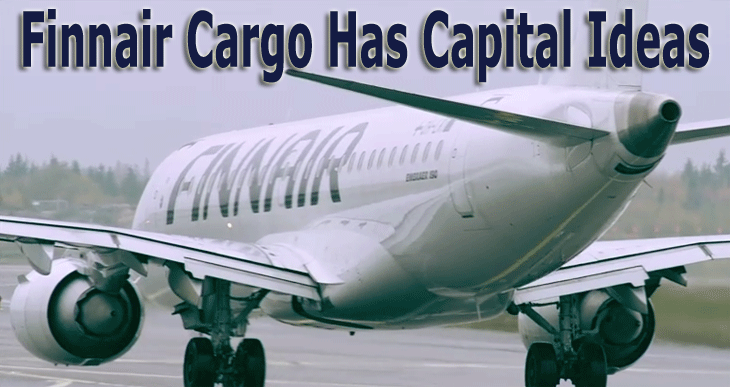
Vantaa Airport
in Helsinki is a neat enterprise, efficient, compact, and easy
to navigate, and that fits nicely into the vision of aviation
minded Finns—that this country, which is an island on three
sides, should be the natural gateway and the fastest way between
east and west from the crossroads at the top of the world.
Finnair, the now ninety-two-year-old
airline (since its founding as Aero Oy in 1923), fits perfectly
into that plan.
Finnair may not be the biggest airline
in the world but it is certainly among the most adventuresome.
In its long and illustrious history
the company has consistently been on the leading edge of change.
In 1940, as war clouds darkened
the hopes and dreams of commercial airline builders everywhere,
there was Aero OY at The New York World’s Fair, displaying
a new aircraft it hoped to acquire after ordering a four-engine,
long range landplane that could carry up to 30 passengers, the
Focke-Wulf 200.
In 1938 a Lufthansa FW-200 had flown
all the way from Berlin (Templehof) to New York (Floyd Bennett
Field) non-stop and scared the living hell out of Pan American
World Airways, which had just ordered a dozen giant, lumbering
Flying Boats from Boeing that would have been instantly obsolete.
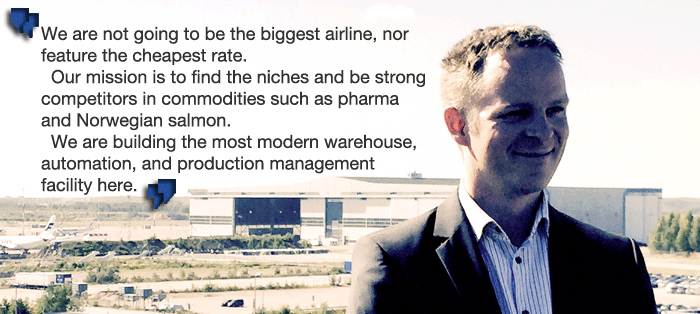
Pioneering
All Over Again
History is about to repeat itself,
as the first of 19 new Airbus A350 aircraft (which some believe
to be the future of flying) with advanced technology and other
amenities are about to begin entering the Finnair fleet in just
a couple of weeks.
Once again, Finnair is leading the
way as the first carrier in Europe to induct the type on selected
routes.
Finnair also recently became the
first airline in the world to achieve an IATA CEIV (Pharma) certificate,
a standard for the highest quality pharma handling across the
entire pharma transportation value chain, from the shipper to
end customer.
Ups
The Antti
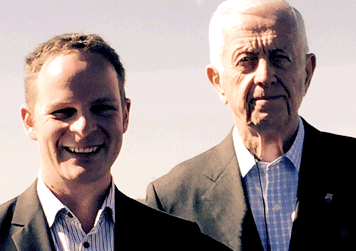 We sat down recently for a talk
with Antti Kuusenmäki, vice president, Head of Cargo at Finnair. We sat down recently for a talk
with Antti Kuusenmäki, vice president, Head of Cargo at Finnair.
Antti describes his job responsibility as “a wide and inspiring
area.”
His duties include overlooking everything
from fleet strategy to commercial accountability and operations.
Antti’s journey to logistics
began a decade ago, after university, where he studied accounting,
marketing, and economics. From there he moved into the forestry
industry, which was a major Finnish product until business began
declining.
Later Antti moved into the regional
passenger airline business (Flybe, now Nordic Regional Airlines,
or simply, Norra), “building business cases for new services,
improving cost efficiency along with balancing capacity supply
and demand, and always targeting to maximize capacity utilization,”
as he puts it.
Finnair Cargo headquarters is located
inside the Vantaa Airport House of Travel & Transport (HOTT),
a place that includes a sixth floor think tank sanctuary for people
charting the future of Finland’s airline to the world.
The layout here seems comfortable
and quite coordinated.
Meeting rooms at AY headquarters
branch off into three directions and are designated in line with
Finnair’s strategy of service to Europe, Asia, and the Americas
from Gateway Helsinki.
Meeting rooms are named River, Beach,
and Food, invoking the spirit of travel.
An upper floor of Finnair HQ is
called “Lapland” for the most northern part, and some
say most beautiful climes, of Finland.
Of course, up on the roof of the
building sits—appropriately enough—a genuine, wooden
log-house Sauna.
“Sauna is in the Finnish DNA,”
Antti assures.
One can only imagine winter in Finland
and wonder if, in between heated sauna sessions, folks jump outside
and roll around in the snow.
Everything about Finnair Helsinki
is executed in clean, bracing Finnish design, with lots of wood,
glass, and bright white walls.
Antti, as you may get the drift
here, is constantly looking for new opportunities.
“We are very much the express
connection to Asia,” Antti said.
“Finnair also realizes that
due to size and location we are very much a niche player, so we
can say that we are quite comfortable moving forward,” Antti
insists.
“Much has been written about
Finland recently, bemoaning the ‘post Nokia’ era whilst
wondering exactly where our country will land in the world ahead.
“My take is that Finland is
a country with a bright, literate, and intelligent population
whose people have persevered against the odds and found a way
not only to survive, but also to prosper.”
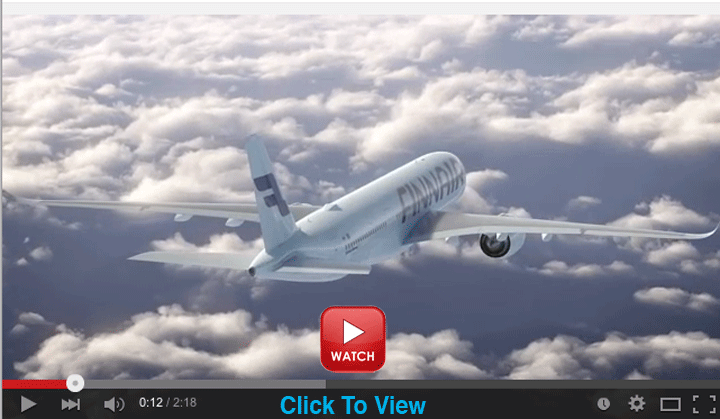 |
Raise
High The Roof Beams
A cloud of change is rising from the earth
at Vantaa Helsinki . . .
We are sitting in the “River”
with Antti, wondering how that much ballyhooed and discussed grand
new cargo transfer facility is coming along.
“See that big swirl of activity
out there along the skyline?” Antti asks as he points out
the window.
Later, up on the roof, it becomes
apparent just how far the work on the reported 85 million Euro
project has advanced.
“We are planning completion
by Spring 2017 of a facility that among other advances will include
a state-of -the-art, purpose-built Lodige handling and Proactive
Production Planning system.
“But right now our first objective
is to have the roof above our Cool Nordic Cargo-Hub (CNC) completed
before the snow flies this winter,” Antti declared.
IAG
Connection
Currently the other big news from Finnair
is centered upon a groundbreaking freighter sharing arrangement
with IAG Cargo.
An A300-600 cargo freighter will
be operating the route between London and Helsinki, which opens
in the next few weeks.
“Now London is Finnair's third
cargo hub in Europe in addition to Helsinki and Brussels.
“We look upon this cooperation
with IAG, with its multiplicity of destinations in North America,
to connect our excellent Asian and European routes to new destinations
in North America, in addition to our current services.
“Additionally the partnership
with IAG Cargo offers our customers considerably improved connections
between Asia and the UK.”
The 43-ton capacity A300-600 flies
twice weekly.
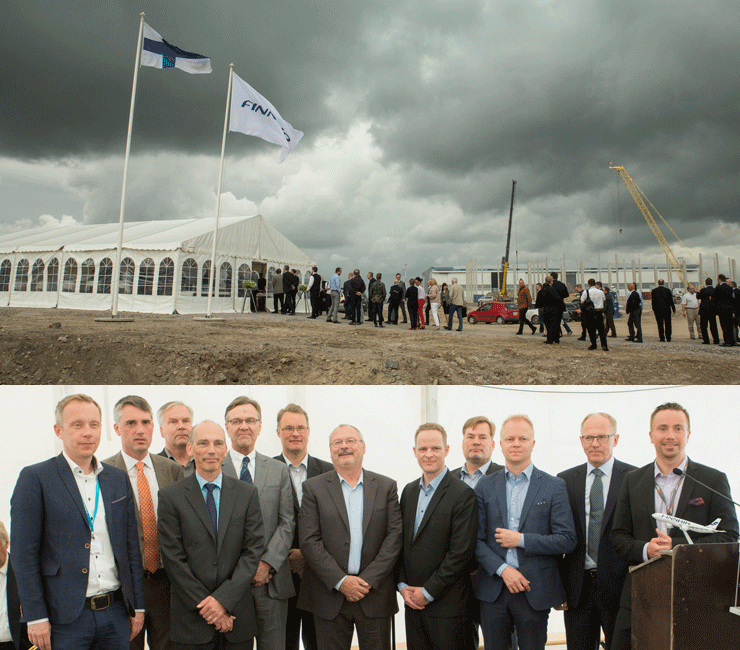
On June 30 in the early afternoon,
under some pretty serious strato-nimbus cloud cover, a group
of people in Helsinki, Finland, came to dedicate the beginnings
of a new, highly specialized handling facility for pharma
and other perishable cargo.
Raimonds Gruntins, (3rd from right) IATA's Area Manager for
Nordic & Baltic Countries, Juha Järvinen, (far right)
Finnair Chief Commercial Officer, Antti Kuusenmäki, Finnair's
VP Head of Cargo, and friends are in the picture celebrating
another air cargo first for Finnair . . . |
Top
Priorities
“This is the most exciting
time in Finnair history,” Antti says.
“Our first flight over 90
years ago was a cargo movement between Helsinki and Tallinn and
now we are about to step out again with a major fleet renewal.
“We have also decided upon
the niches where Finnair will focus its future cargo strategy.
“We are not going to be the
biggest airline, nor feature the cheapest rate.
“Our mission is to find the
niches and be strong competitors in commodities such as pharma—Norwegian
salmon is another good example.
“We are building the most
modern warehouse, automation, and production management facility
here, with advanced IT and handling built specifically to our
specifications.
“Finnair Cargo represents
17 percent of the intercontinental route revenue of the airline
and we expect moving forward that our contribution will grow,”
Mr. Kuusenmäki said.
Asia- Asia- Asia
“Our key trade lane is Asia,
particularly northeastern Asia, where we have a major geographical
advantage.
“Finnair is the only European
carrier that is able to do a daily round trip to Asia with a single
tail, so we need less aircraft to serve the same network as our
competitors.
“Today Finnair enjoys the
highest utilization rate of any Airbus wide body customer.
“For example, flight time
from Helsinki to Tokyo is 10 hours whereas the same flight from
Stockholm is 11 hours.
“Finnair flight times are
less than eight hours for some Chinese routes.
“Simply put, the routes from
Europe to Asia go via Helsinki, which of course is the Finnair
starting point.
“But we are also aware that
all of our competitors are on top of us all the time,” Antti
smiles.
“Interestingly as we fly further
south in Asia our ‘edge’ diminishes.
“So we operate 56 flights
a week between Japan and Finland, for example.”
“Finnair has pioneered routes
in China. We’re the first carrier to fly to Chongqing, and
today we serve four cities in China including Beijing, Shanghai,
and Xi’an as well as Hong Kong.”
On
Business Relationships
“We are a serious alternative
for shippers to China and everywhere else we fly.
“In the case of China, however,
adding our frequencies plus Finnair quality standards and pharma
expertise—including the fact that we are able to control
the temperature in the belly compartments where we carry the pharma—is
certainly a plus.
“Being the most punctual airline
globally in 2014 is just one factor among many that the customer
can instantly recognize as separating our offering from others.
“Price is always there, but
the game-changer is always loyalty.
“Knowing what to expect is
the critical element driving customer loyalty, and being on time
plays hugely into that.
“Our strength is reliability,”
Antti Kuusenmäki said.
Geoffrey/Sabiha/Flossie
|





